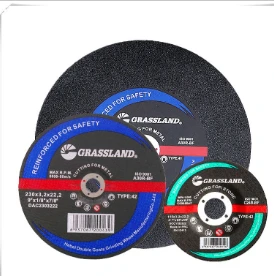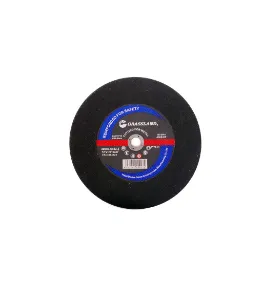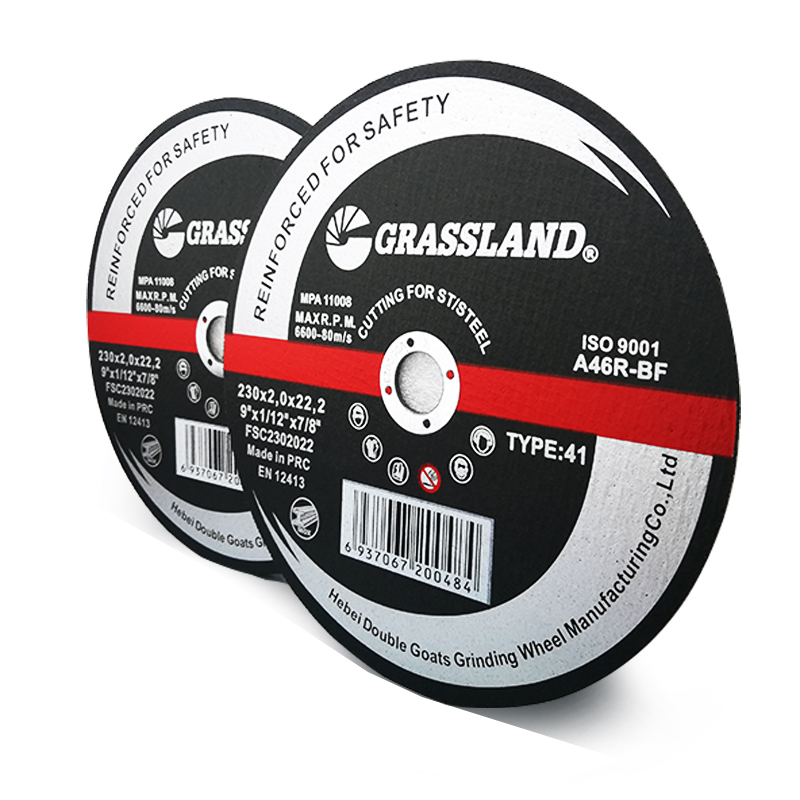

When it comes to safety, flap discs have a distinct advantage. Their flexible construction minimizes the risk of shattering, a common issue with some rigid abrasive tools. This feature makes them a safer option for high-speed applications where operator safety is paramount. Moreover, due to their efficient material removal capabilities, operators spend less time in contact with the workpiece, further enhancing safety and productivity. Selecting the right Type 29 flap disc requires attention to details such as grit size, abrasive material, and backing type. The choice of grit size can significantly affect the surface finish and material removal rate. Coarser grits are ideal for heavy stock removal, while finer grits are suited for finishing processes. The abrasive material choice, whether zirconia, ceramic, or aluminum oxide, also plays a critical role in determining the disc’s performance and suitability for specific materials. Additionally, the backing type—commonly fiberglass, plastic, or metal—can influence the disc’s strength and flexibility, impacting its usability and lifespan. The comprehensive benefits offered by Type 29 flap discs underscore the importance of choosing the right tools for effective and efficient work. For professionals and hobbyists alike, the unique blend of durability, versatility, and ergonomic design makes these discs a smart investment. Their capacity to deliver consistent and high-quality results across a range of applications ensures that they remain a preferred choice in an ever-evolving industry landscape. Therefore, for those navigating the complexities of abrasive tool selection, understanding the specifics of Type 29 flap discs can enhance both the quality and efficiency of metalworking and finishing tasks. Acknowledging the benefits and capabilities of these discs empowers users to make informed decisions, optimizing their workflow and achieving exceptional results with every use.
Post time:Feb - 20 - 2025

















